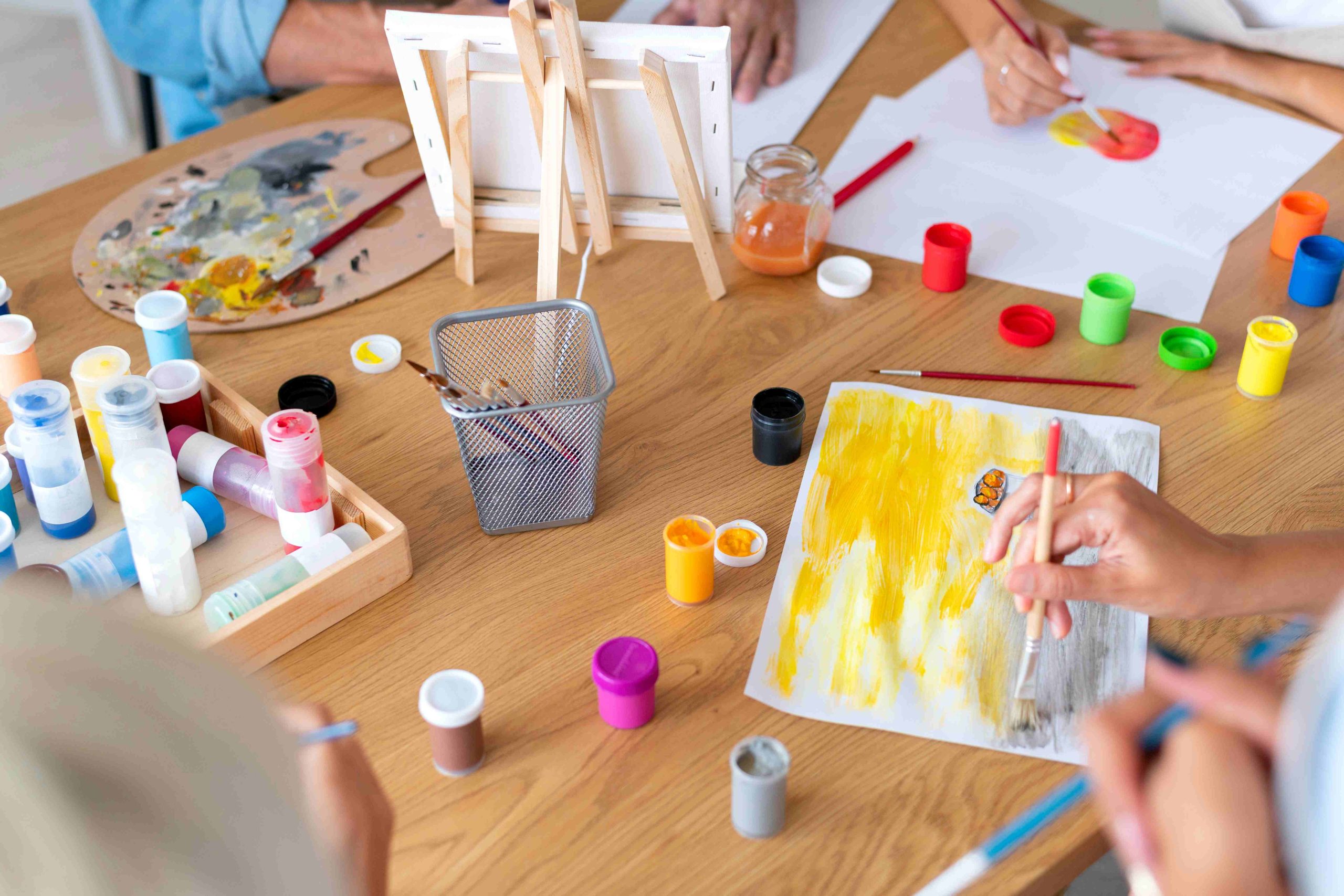
Unlocking Creativity Through Art for Preschoolers
Art is a magical journey for young children, offering them a space to express themselves, develop skills, and explore their imaginations. Preschool art classes are especially important, allowing kids to create freely and discover the joy of making.
During these classes, children experiment with different materials like paints, crayons, and clay. They learn to express feelings, tell stories, and see the world in new ways through colors and shapes.
Art also helps kids develop important skills like hand-eye coordination and decision-making. It’s a safe space for them to process emotions and build confidence.
In summary, early childhood art is a powerful tool for holistic development, nurturing creativity, and fostering self-expression in young minds.
The Importance of Process Over Product
Early childhood art is about the journey, not just the final artwork. It’s about letting kids explore, experiment, and create without worrying about perfection. This focus on process helps them express themselves freely and build confidence.
Creating a Nurturing Environment
When teaching art to preschoolers, it’s important to create a supportive environment where every child feels valued. This means providing a variety of materials and encouraging open-ended exploration. Celebrating diversity and encouraging self-expression are also key.
Incorporating Different Art Forms
Preschool art classes should expose kids to various art forms like painting, drawing, and sculpture. This helps them discover new ways of expressing themselves and develop different skills. By offering a range of activities, kids can find what they love and explore their interests.
Benefits of Early Childhood Art
- Encourages self-expression and creativity
- Develops fine motor skills and hand-eye coordination
- Promotes cognitive development and critical thinking
- Fosters social and emotional growth
- Stimulates sensory and physical development
- Builds confidence and self-esteem
Tips for Art Lessons
- Provide a variety of materials and activities
- Encourage open-ended exploration
- Focus on the process, not just the product
- Celebrate diversity and encourage self-expression
- Create a nurturing and inclusive environment
- Offer opportunities for kids to share their experiences
- Be patient and supportive


